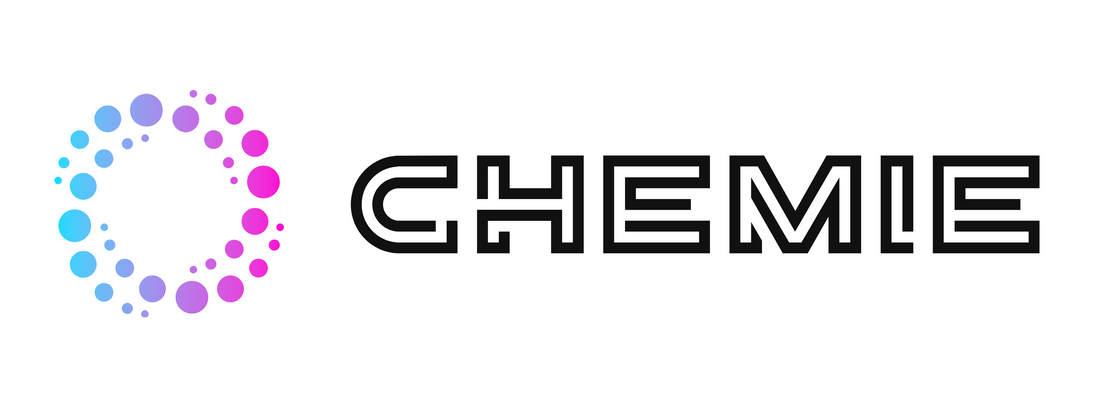Some Of Chemie
Table of ContentsThe Main Principles Of Chemie Not known Facts About ChemieThe Basic Principles Of Chemie The Facts About Chemie UncoveredAn Unbiased View of ChemieThe Facts About Chemie Revealed
By Bojanna Shantheyanda, Sreya Dutta, Kevin Coscia and David SchiemerDynalene, Inc. Fluid cooling, which can be achieved utilizing indirect or direct ways, is utilized in electronics applications having thermal power thickness that may go beyond secure dissipation via air cooling. Indirect fluid air conditioning is where warm dissipating digital elements are physically divided from the fluid coolant, whereas in case of straight air conditioning, the components remain in direct contact with the coolant.In indirect air conditioning applications the electrical conductivity can be vital if there are leaks and/or splilling of the liquids onto the electronics. In the indirect air conditioning applications where water based liquids with deterioration inhibitors are normally utilized, the electric conductivity of the liquid coolant generally depends upon the ion concentration in the liquid stream.
The boost in the ion focus in a shut loop fluid stream might occur due to ion seeping from steels and nonmetal parts that the coolant liquid touches with. Throughout procedure, the electrical conductivity of the fluid might boost to a degree which might be unsafe for the cooling system.
The smart Trick of Chemie That Nobody is Talking About
(https://betteanderson.wixsite.com/my-site-1/post/revolutionizing-cooling-and-heating-solutions-with-chemie-s-dielectric-coolant)They are grain like polymers that are capable of trading ions with ions in a service that it is in call with. In today job, ion leaching tests were executed with numerous metals and polymers in both ultrapure deionized (DI) water, i.e. water which is dealt with to the highest possible levels of purity, and low electric conductive ethylene glycol/water mixture, with the determined modification in conductivity reported with time.
The examples were permitted to equilibrate at area temperature for 2 days prior to taping the first electric conductivity. In all tests reported in this research study fluid electrical conductivity was gauged to a precision of 1% utilizing an Oakton CON 510/CON 6 series meter which was calibrated prior to each dimension.
Chemie Fundamentals Explained
from the wall home heating coils to the center of the furnace. The PTFE example containers were placed in the heating system when constant state temperatures were gotten to. The examination configuration was eliminated from the heater every 168 hours (seven days), cooled down to area temperature level with the electric conductivity of the liquid gauged.
The electric conductivity of the fluid example was kept track of for an overall of 5000 hours (208 days). Schematic of the indirect shut loop cooling experiment set up. Parts made use of in the indirect shut loophole cooling experiment that are in call with the liquid coolant.

Not known Factual Statements About Chemie
Throughout operation the liquid storage tank temperature level was preserved at 34C. The change in fluid electric conductivity was checked for 136 hours. The fluid from the system was collected and stored. Closed loop examination with ion exchange resin was lugged out with the exact same cleansing treatments employed. The preliminary electrical conductivity of the 230ml UP-H2O in the system gauged 1.84 S/cm.

0.1 g of Dowex material was included to 100g of fluid examples that was absorbed a separate container. The mixture was stirred check that and change in the electrical conductivity at space temperature level was determined every hour. The determined modification in the electric conductivity of the UP-H2O and EG-LC examination liquids including polymer or metal when engaged for 5,000 hours at 80C is revealed Figure 3.
Not known Facts About Chemie
Number 3. Ion leaching experiment: Measured modification in electric conductivity of water and EG-LC coolants consisting of either polymer or steel examples when immersed for 5,000 hours at 80C. The results indicate that steels contributed less ions into the fluids than plastics in both UP-H2O and EG-LC based coolants. This could be because of a slim steel oxide layer which may serve as an obstacle to ion leaching and cationic diffusion.
Liquids containing polypropylene and HDPE showed the least expensive electrical conductivity adjustments. This might be because of the brief, stiff, straight chains which are less most likely to contribute ions than longer branched chains with weak intermolecular forces. Silicone additionally performed well in both test fluids, as polysiloxanes are typically chemically inert due to the high bond power of the silicon-oxygen bond which would certainly avoid deterioration of the material right into the fluid.
Not known Factual Statements About Chemie
It would be expected that PVC would certainly produce similar results to those of PTFE and HDPE based upon the comparable chemical frameworks of the products, nevertheless there might be various other impurities present in the PVC, such as plasticizers, that may affect the electric conductivity of the fluid - therminol & dowtherm alternative. Furthermore, chloride groups in PVC can likewise leach into the test liquid and can trigger a rise in electrical conductivity
Buna-N rubber and polyurethane showed signs of deterioration and thermal decomposition which suggests that their feasible utility as a gasket or sticky product at greater temperatures might result in application issues. Polyurethane totally broke down right into the examination liquid by the end of 5000 hour examination. Figure 4. Before and after photos of metal and polymer samples submersed for 5,000 hours at 80C in the ion leaching experiment.
Calculated modification in the electric conductivity of UP-H2O coolant as a feature of time with and without material cartridge in the closed indirect air conditioning loophole experiment. The measured adjustment in electrical conductivity of the UP-H2O for 136 hours with and without ion exchange material in the loop is revealed in Figure 5.